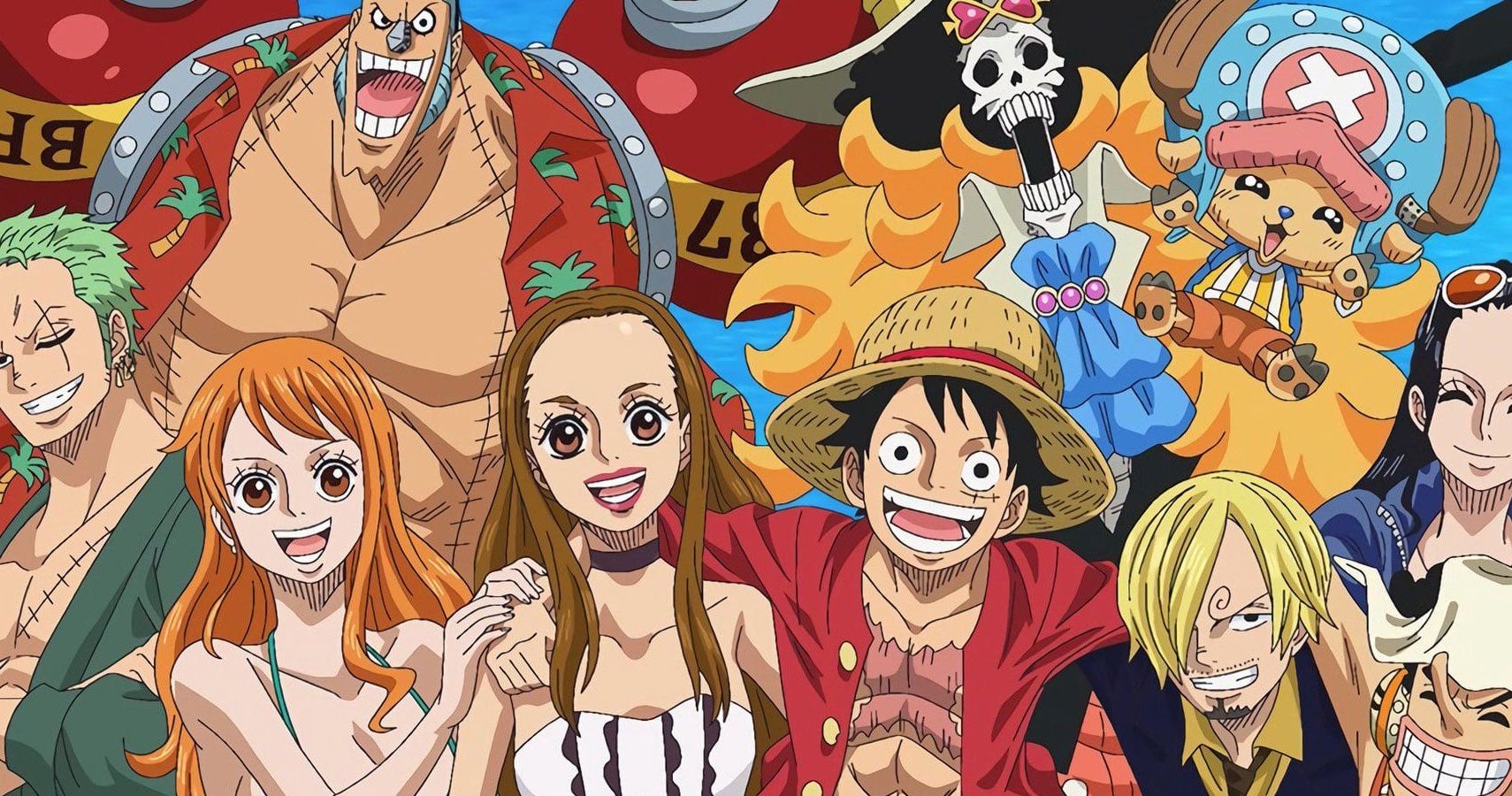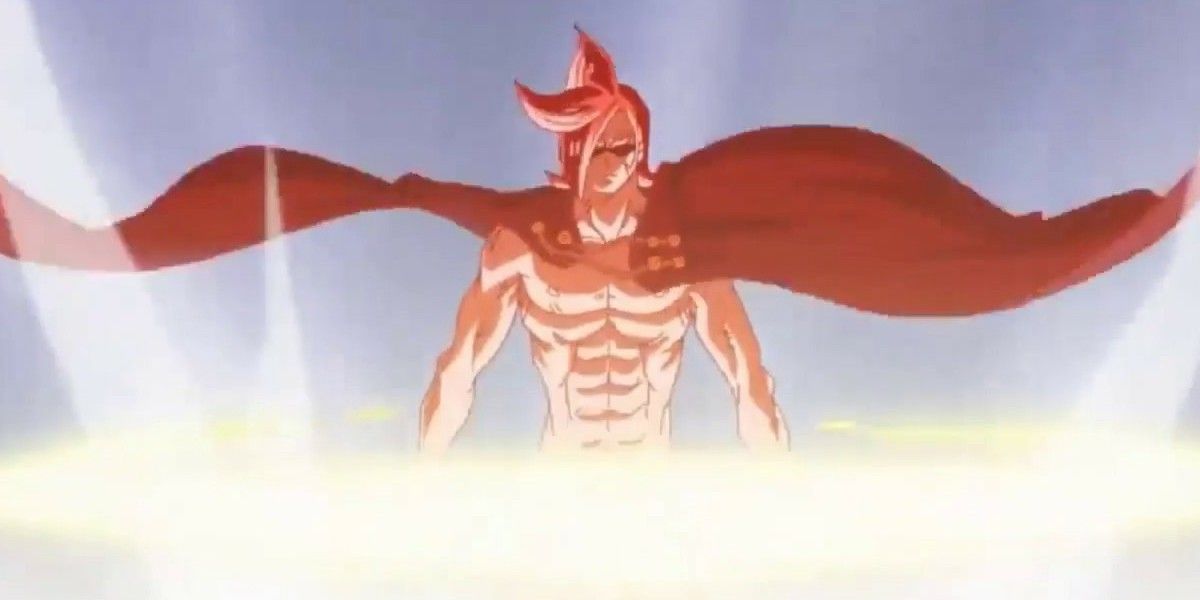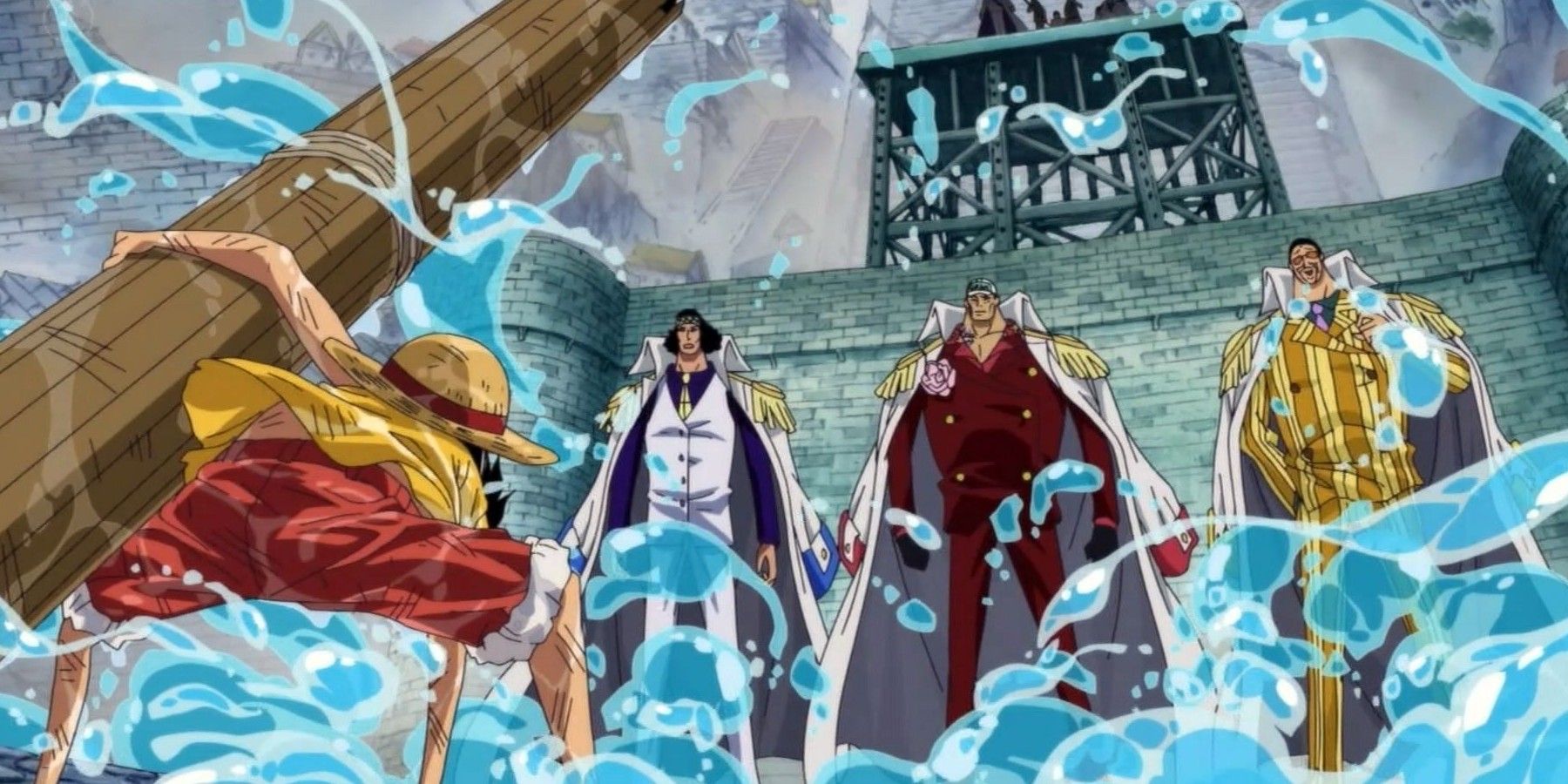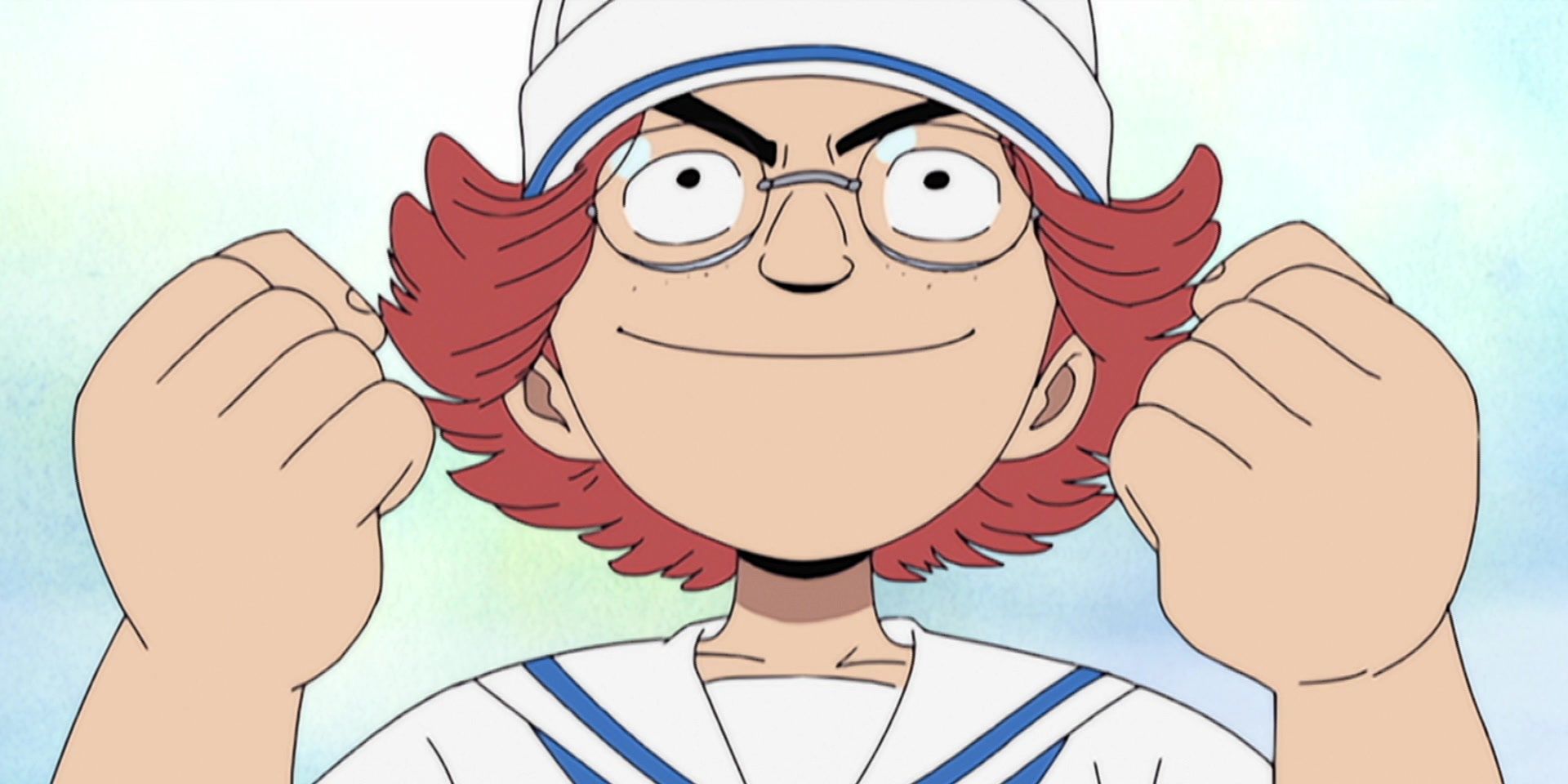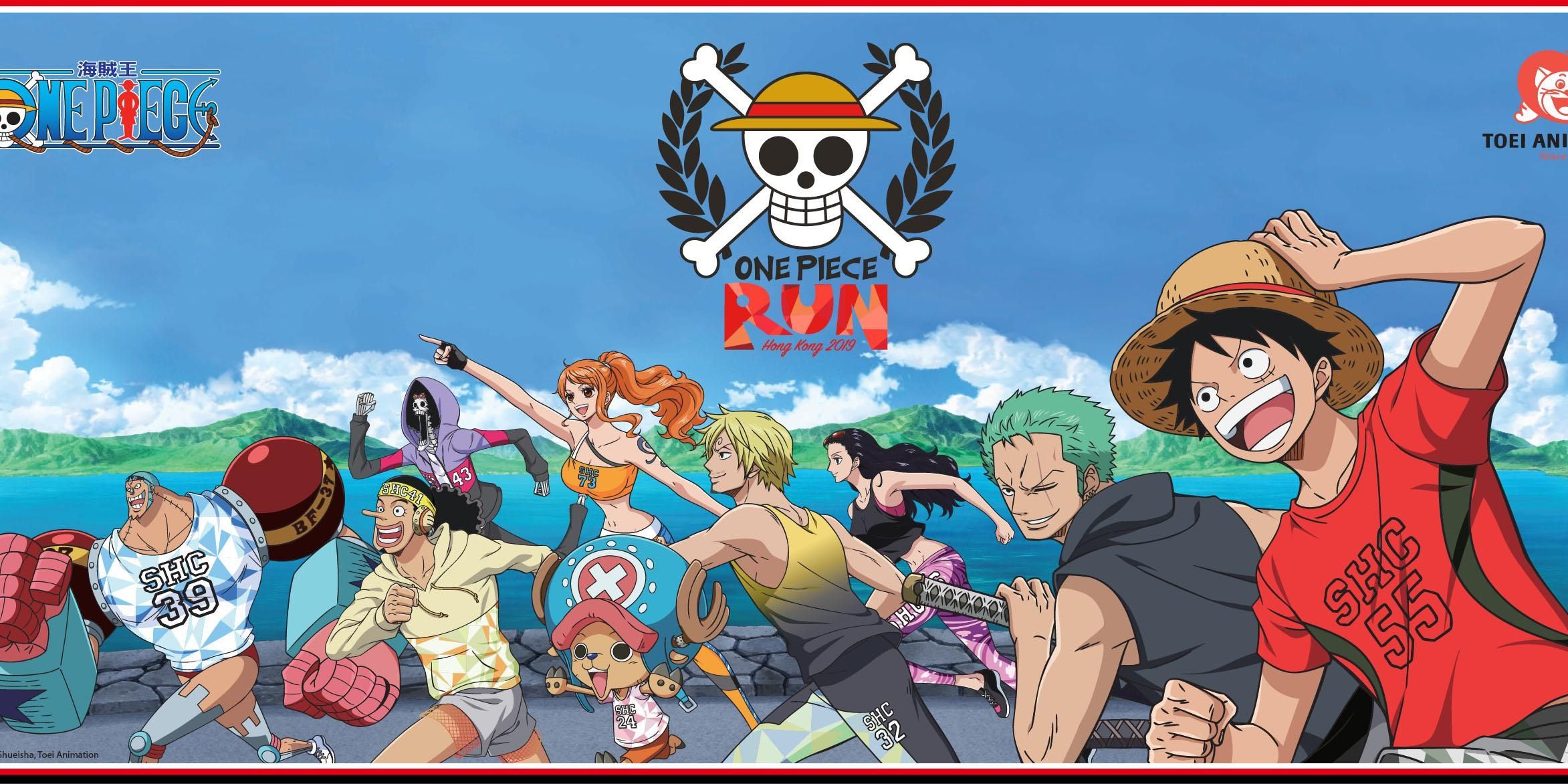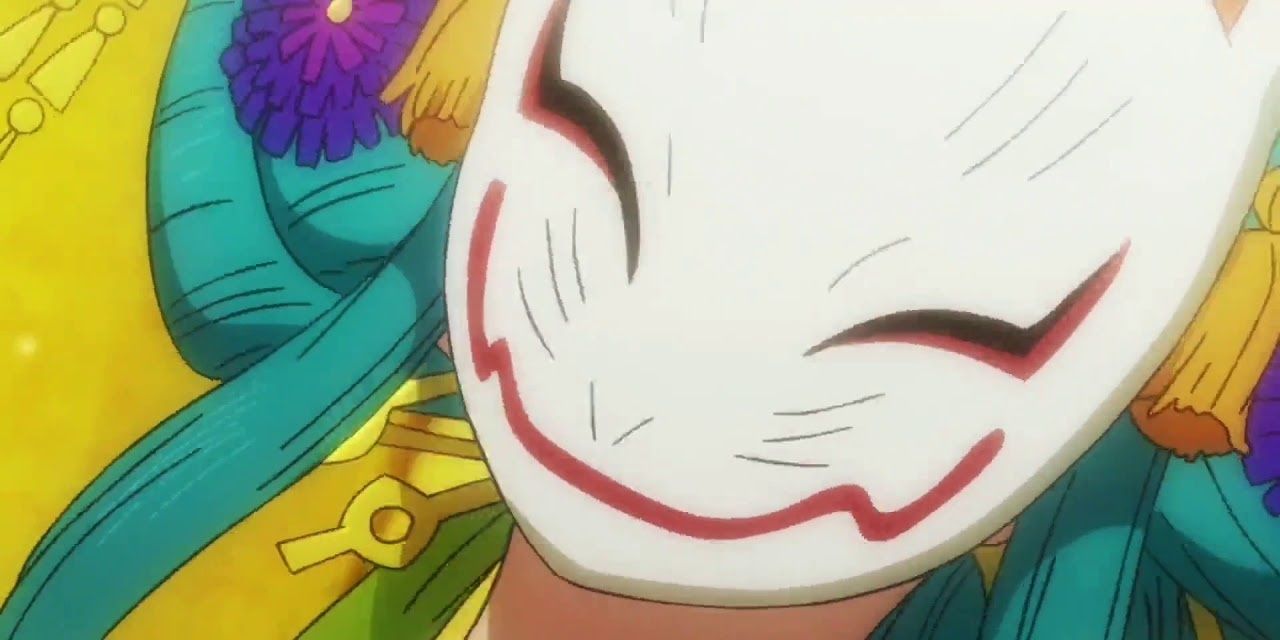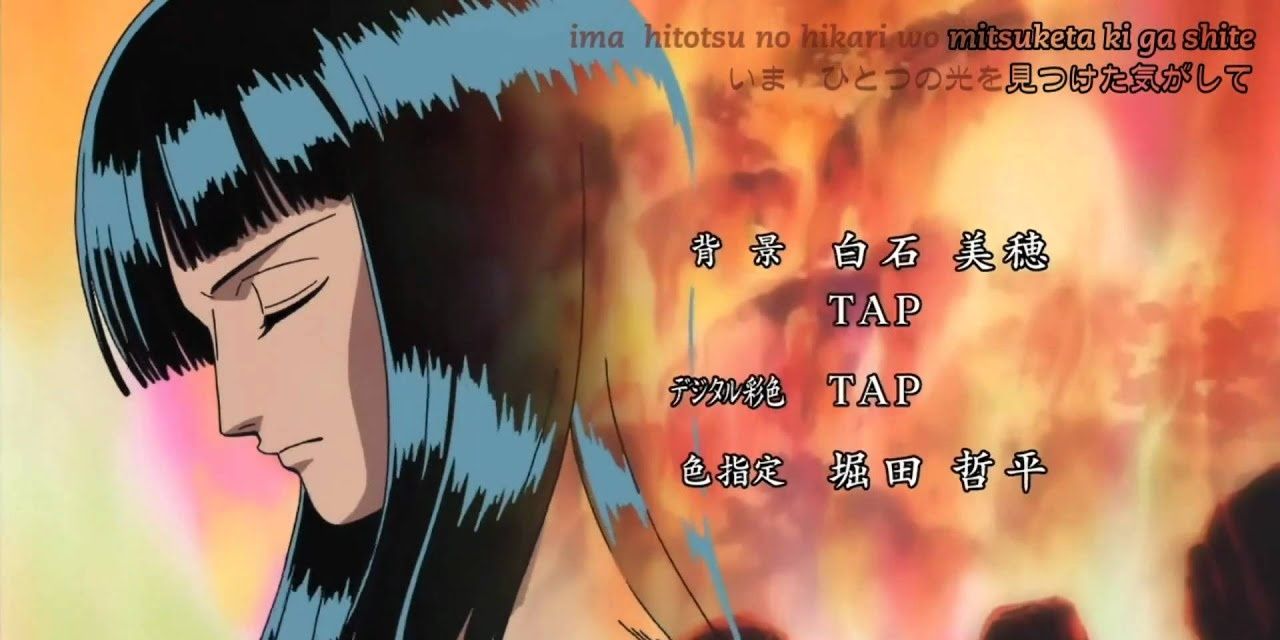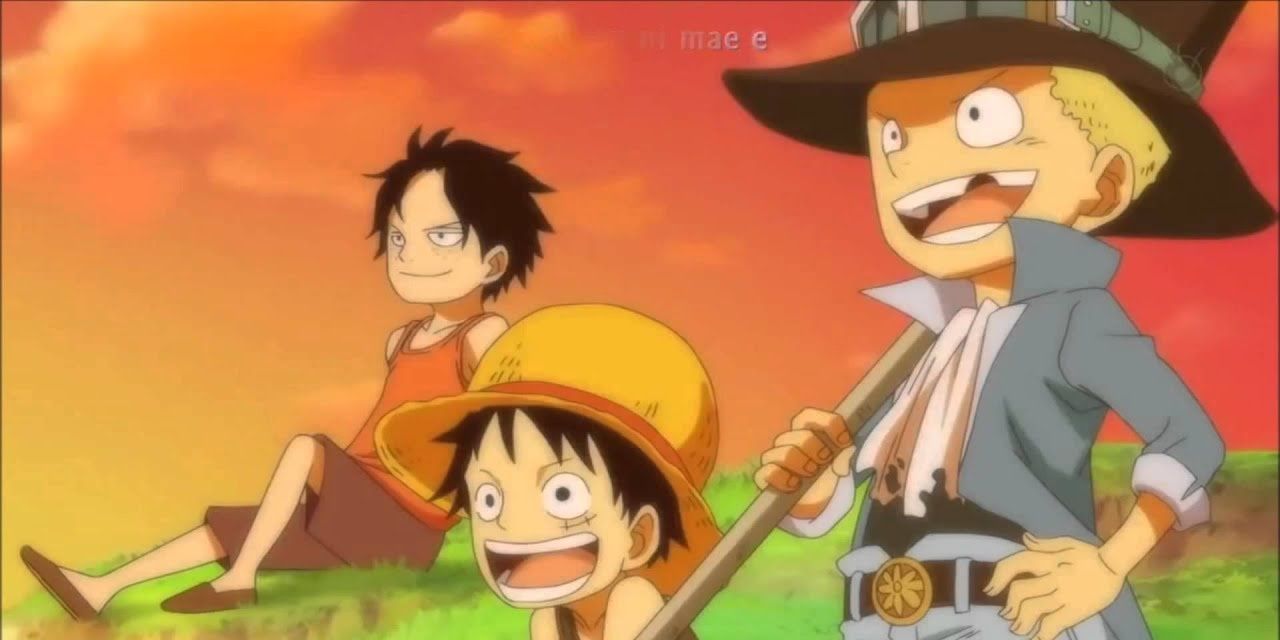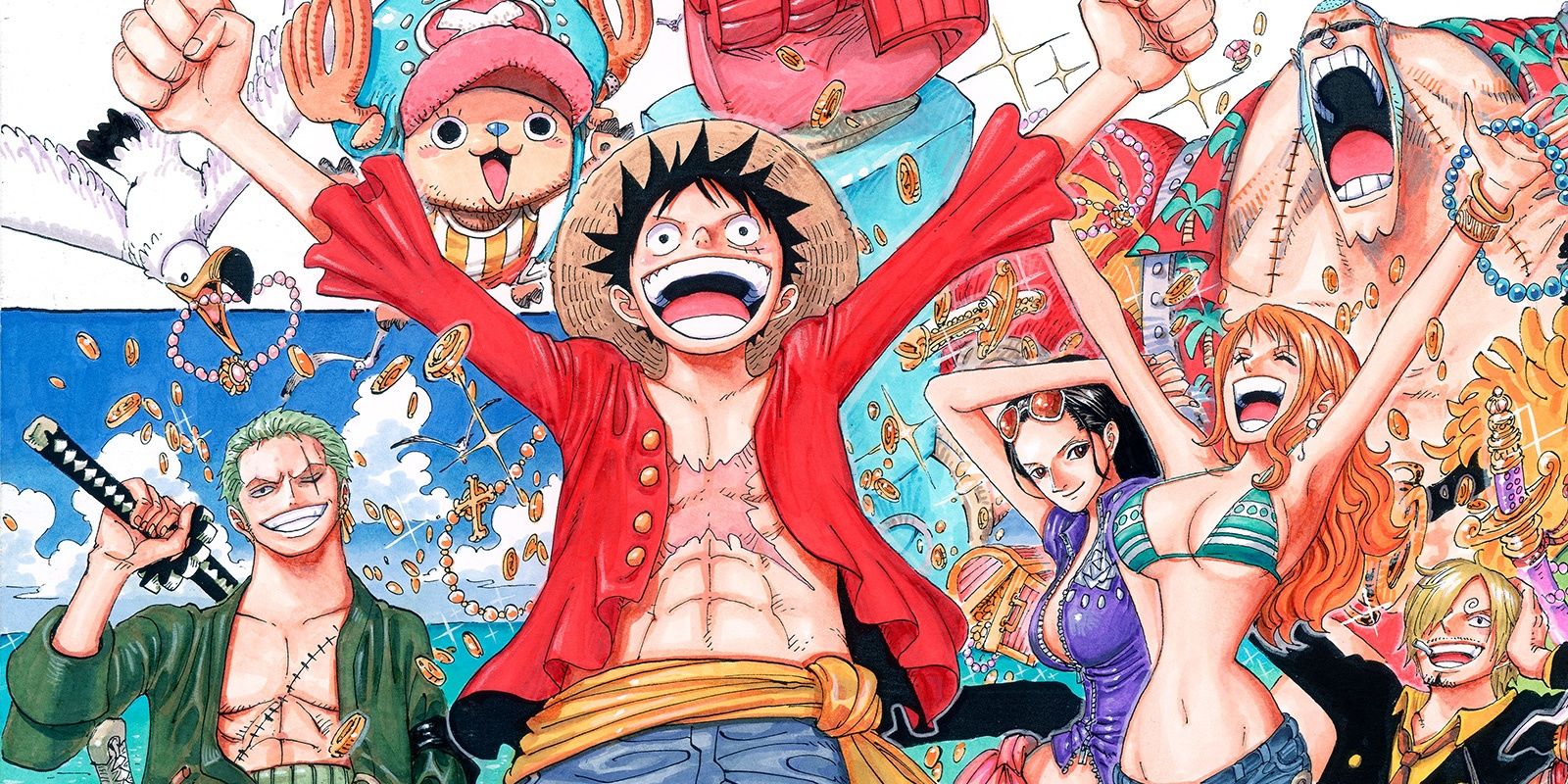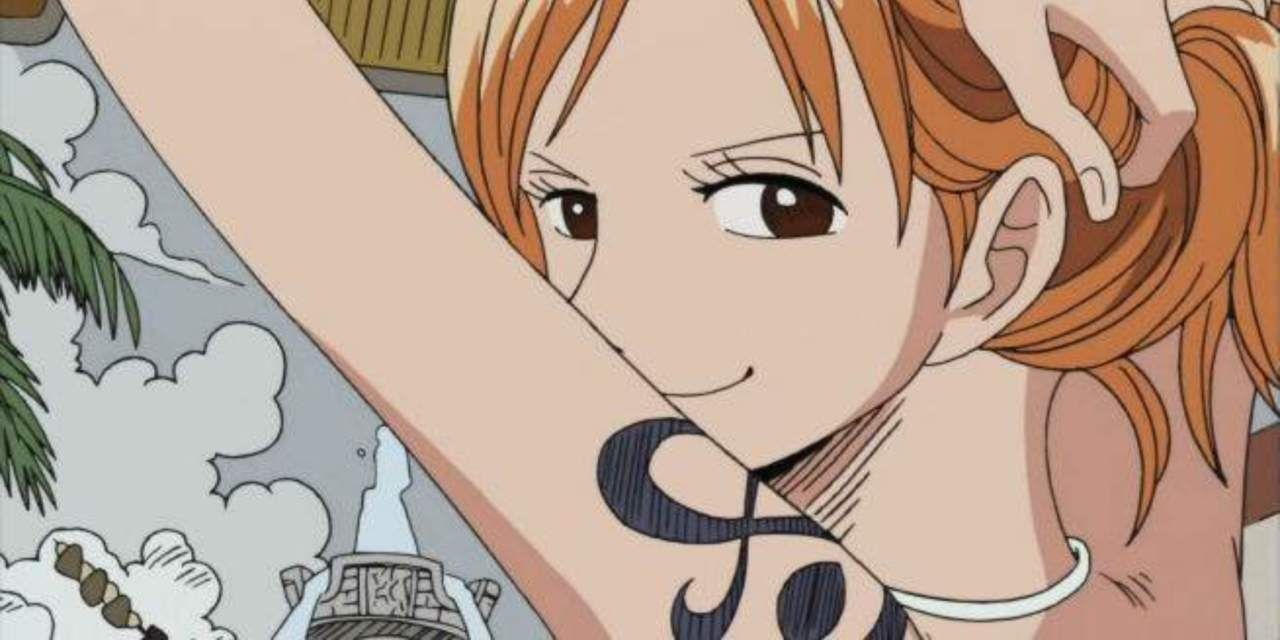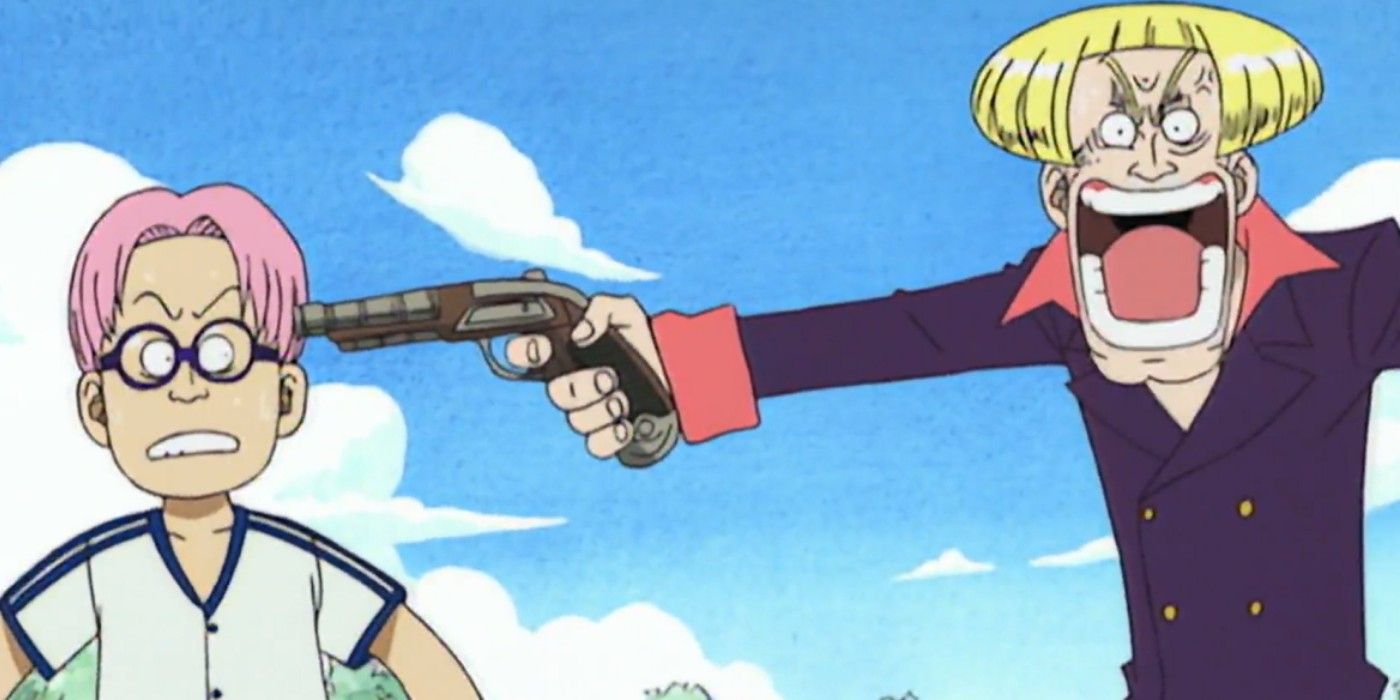One Piece has been going on long enough to hold its viewers' hands from childhood to adulthood. Having spanned different eras, the series has been prone to a variety of changes, such as its introduction of new characters, developments within the World Government, and the introduction of Haki.
The story has done a great job of remaining relevant within the public with a wide variety of changes. Given how much the story and manga have evolved, it's no surprise that even the anime is a stranger of its former self. With production changes and standards having been changed over the years, this list will be going over a few of the ways that the One Piece anime has changed.
10 Animation
One of the more obvious changes from Episode 1 is the change in animation. With One Piece having a healthier budget and a much more experienced crew as it moved along, the animation has shifted and evolved between different generations.
There have been valid points that certain production restrains have diluted the art style as compared to other anime series, but there's still clear changes when seeing how fight scenes, transformation sequences, and overall character designs have changed since the anime's early days. One can't ignore how much more fluid of a product it has become.
9 Move To HD
Having lasted over 20 years, One Piece is one of the few anime (Let alone TV series as a whole) that have gotten to experience the generational leaps between televisions. The series premiered during the late '90s in which standard television still ruled and would rule for a few more years.
However, leading into its Water Seven Arc, there's a noticeable transition in quality and even borders in the show to signify the move to high definition. This is never more noticeable than during flashback arcs that have to use the infamous black bars on the edges.
8 Less Filler
One Piece used to be prone to one or two filler arcs after every canon arc. And even then, some filler content may have been spread across the story such as Portgas D. Ace's extended stay on Alabasta. However, the modern anime seems to have dropped its dependency on filler content.
Years ago, it used to spread out content with seasons long filler arcs. The anime today now only uses three to four episode stories to space out content between arcs, making filler content much more scarce.
7 Pacing
However, that isn't to say that the anime itself has become a much more seamless product. While there have been fewer filler arcs, fans have often proclaimed this to the product's detriment, suggesting that a decent, original filler story would be much better than the animation's current pacing issues.
Between long pauses, deliberate padding, and exaggerated fight sequences, the One Piece anime has seen greater pacing issues today than in its early years.
6 More Recaps
To add to the dilemma above, the dreaded recap segment has essentially taken over a fifth to even a quarter of each episode. Seriously, those still keeping with the anime should time how much content is dedicated to the recap.
Combined with the intro sequence and Toei's signature, three to five minutes of a supposed half-hour program is already lost, and that's not even counting allotted commercial breaks. The early series had some recaps to engage viewers, but the modern product is obviously using it to prolong content.
5 No Ending Themes
One of the more unfortunate changes to the production process as a whole is its omission of ending themes. Since the middle of the Water Seven/Enies Lobby Arcs, One Piece has gone without an ending theme, meaning that fans no longer got a musical sendoff to cool down after the story.
This was likely an effort to help both cut time as well as save up on musical licensing, but the sequence's absence is still dearly missed by fans.
4 Longer Opening Themes
With that being said, some of that time has gone to creating longer and more detailed opening sequences. The typical anime opening lasts around one minute to a minute-and-a-half. However, modern One Piece opening sequences last around two-and-a-half minutes.
Though ending themes had to be sacrificed, fans do get to experience some of the strongest opening sequences in the game that get to explore more content, tell a story, and give more music for the viewer's buck. This includes iconic sequences such as "Kaze O Sagashite," "One Day," and "Fight Together."
3 Proximity To Manga
More is expected of the One Piece anime than most manga adaptations. As the defining animated experience for the best selling manga of all time, One Piece is pushed by its producers to have consistent, weekly content without discernible hiatus breaks. That is to say that, to keep a consistent audience, the anime has been released regularly every week for around 20 years straight, taking breaks only for special holidays and other extenuating circumstances.
Having such a studious production cycle inherently means that the anime was just prone to catch up with the manga, and this has been an infamous curse to the series' production cycle, especially during the modern-day, when the two are just a couple of stories apart.
2 Eyecatchers
One of the neatest changes to the One Piece anime is how it's eyecatchers have changed. These are the cutaways that signify the show is both cutting to and returning from commercial. During the series' early years, the eyecatchers were simply early designs for the Straw Hats' wanted posters.
As the story went on, it changed from scenes from across a looking glass to just the logo to a modern rendition of the poster thing to the Wano scenes that fans are seeing today.
1 Localization
Perhaps the most significant change to happen to the One Piece anime is its drastic shift between localization companies. When One Piece first got big enough to get some Western attention, it was unfortuantely picked up by the more child-friendly, programming block, 4Kids.
This infamous adaptation edited out several scenes from the original Japanese animation, censored elements like guns and Sanji's smoking, and replaced the iconic first opening with a rap sequence too hip for its current viewers. Once 4Kids began to fade into obscurity and it lost the One Piece license, Funimation would swoop in and give the series the faithful localization that it deserved.

